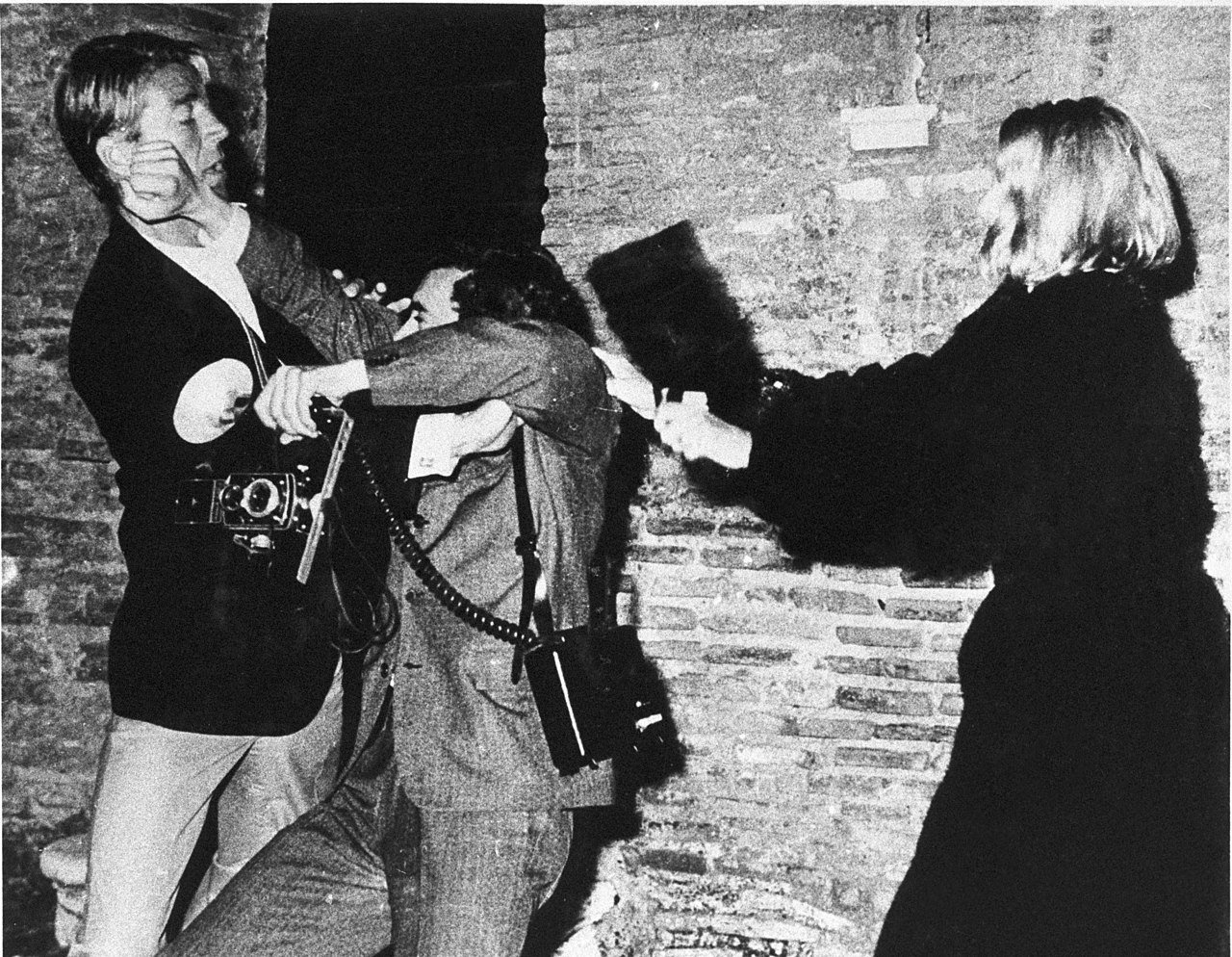12 December 2022
[Updated 18 December 2022 with the 1914 citation of estate car and with the commentary on shooting brake.]
A station wagon, as we know it today, is an automobile that in addition to two (or more) rows of passenger seating, has a large storage area in the back with a rear door for loading and unloading. The name comes from the idea that the car is well suited for transporting people and luggage to and from railway stations. The name is American in origin and predates the automobile, being first applied to horse-drawn carriages used for that purpose.
There is an obsolete sense of station wagon that dates from the U.S. Civil War era. This sense of station wagon is a horse-drawn carriage carrying equipment for use as a mobile telegraph station. The earliest citation in the Oxford English Dictionary of this sense is from 1868, a few years after the war ended, but it’s a good guess that the term was in use during the war. But this sense doesn’t figure into our current use of the term.
The sense of horse-drawn carriages for transporting people with luggage appears only a year later than the telegraph sense. And the immediate context indicates that the station wagon is not being used for trips to and from a railroad station. Instead, it is being used to transport people and luggage on a tour of Turkey. From the Christian Mirror of 29 June 1869
Here we attended to fresh supplies, and also fitted up our station wagon which had been lodged in the city some time before. We were to take it with us, and then the ladies might be relieved from their horse-back journeying. At rather a late hour we started out of the city. When fairly out in the open plains, the ladies gave up their horses for the wagon.
So, from the very start, people were using station wagons for purposes other than what the name suggests.
Almost as soon as automobiles appeared on the scene, the designation of station wagon began to be applied to them. There is this passage from a description of an automobile show in New York City that appeared in the Electrical Review of 30 November 1900, the earliest reference to a non-horse-drawn station wagon of which I’m aware:
The Woods Motor Vehicle Company, of Chicago and New York exhibits five vehicles. It has, however, a large number of vehicles of various makes in the back of the Garden for use on the track. It shows a stanhope, station wagon, runabout, brougham and Victoria.
But these early station wagons, be they horse-drawn or automotive, were considered to be utility vehicles or light trucks. They weren’t primarily intended to carry passengers, with extra capacity for baggage. In the 1920s, however, the perception of station wagons shifted, and people began to consider them more as passenger, or even pleasure, vehicles. We can see this shift in a 24 October 1922 article in the New York Times on a change in the New York state tax laws that classified station wagons as personal, rather than commercial, vehicles:
Thousands of dollars may be lost to the State but saved by automobile owners as the result of a decision just handed down by the Appellate Division, holding that the common type of automobile known as the “suburban” or “station wagon” is not a commercial truck but a passenger car, and as such is entitled to the lower rate collected by the Automobile Bureau.
[…]
“These cars are used by the thousands, especially in the country, for transporting people and for bringing packages from stores, and carrying baggage to and from the railroad station,” said Mr. Zabriskie, “and they have always been licensed as such until this year.”
[…]
In his decision, Justice Dike held that while the station wagons were frequently filled to overflowing with bundles and bags they were subject to the personal use of their owners only and were not used for transportation of passengers or freight for pay, hence were not “commercial” vehicles. Granting the application for a peremptory mandamus order, the Court classified the vehicle by saying:
“The car in question is a well-known type, and, as stated in the brief of the petitioners, ‘it is in fact known by its acquaintances simply as the Ford, and has not even been endowed with any pet name or nickname such as facetious owners frequently bestow on their flivvers, except when it refuses to function, when it is sometimes called by other names appropriate to the occasion.’”
That is the North American history of the car and its name. In Britain, such cars are labeled as estate cars. An early description of an estate car can be seen in an article in Country Life magazine from 20 May 1914. The vehicle described in the article, however, is more akin to a light truck (lorry) or bus than the estate car of today, which is built on a passenger car chassis. The article also indicates why it is called an estate car, that is because it is useful for various transportation and hauling needs around a country estate:
While a chassis of suitable power built by any first-class manufacturer of industrial vehicles is naturally quite suited to form the basis of a country estate car, some makers have specialized more than others in this direction. For example, Messrs. Commercial Cars, Limited, many years ago brought out a special vehicle which they called the “Norwich Convertible Country House and Estate Car.” A brief description of the capabilities of this machine will be interesting as indicating a type very likely to suit the needs of many landowners. The “Norfolk” car is fitted with detachable bodies, which can be interchanged without the use of any running gear or other mechanism beyond a sling and pulley suspended from the ceiling of the coach-house. As a station ’bus it carries up to about twelve or fourteen passengers and some 15cwt. of luggage. As a shooting brake it is fitted with gun racks and cartridge lockers, and provides very comfortable accommodation for a fair-sized party. In general estate work it carries from 30cwt. to 2 tons of produce or goods of any kind at a very reasonable cost in a simple form of lorry body.
The above article also uses the term shooting brake, another very British term, which the OED dates to 1912. A shooting brake is a variant on the estate car used for hunting, capable of carrying hunters and their dogs, weapons, and other equipment. Like the estate car, the shooting brake has been downsized over the years. Once a truck fitted with seats in the back, present-day versions resemble what is now called a hatchback, only they are marked as shooting brakes by having only two doors. These later shooting brakes tend to be luxury vehicles, marketed toward the elites who hunt on British country estates; Aston Martin, for example, makes shooting brakes. Shooting brakes have come a long way from their lorry origins.
The shooting in shooting brake is easy enough to figure out, but brake is mysterious to most present-day speakers. The explanation is simple enough. A brake or brake is a large carriage intended primarily for breaking young horses, but which could be put various other uses around an estate.
Discuss this post





